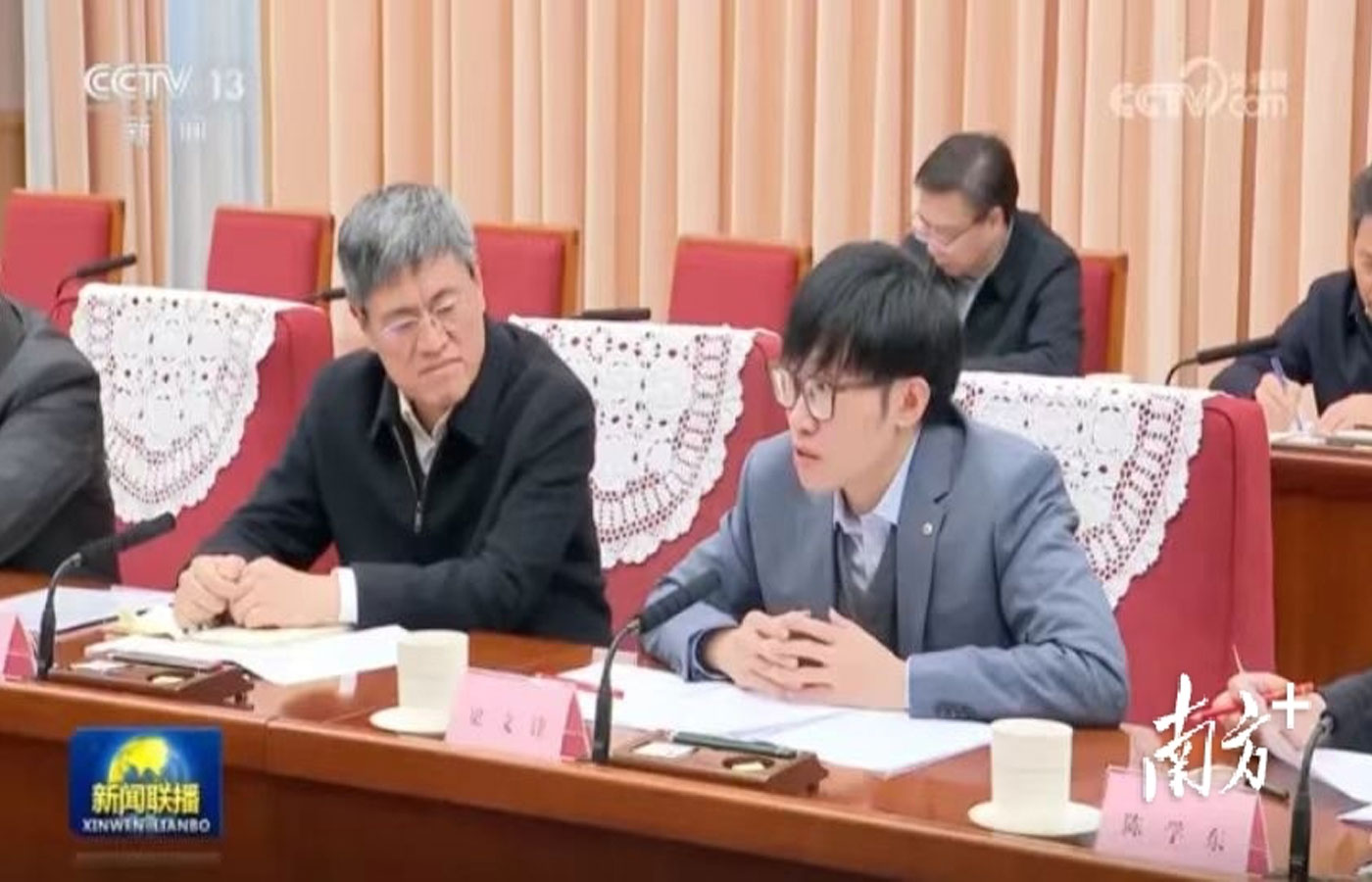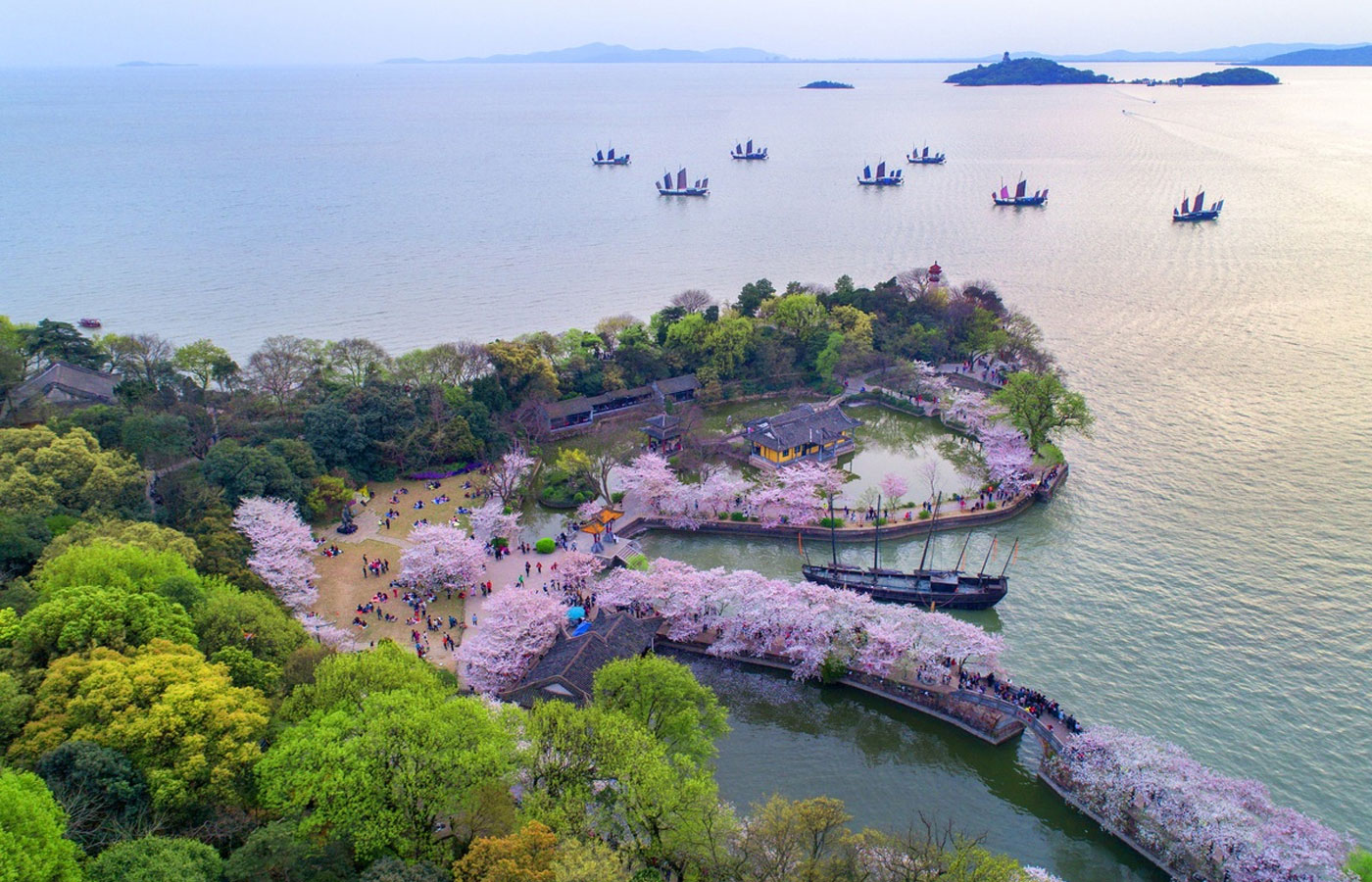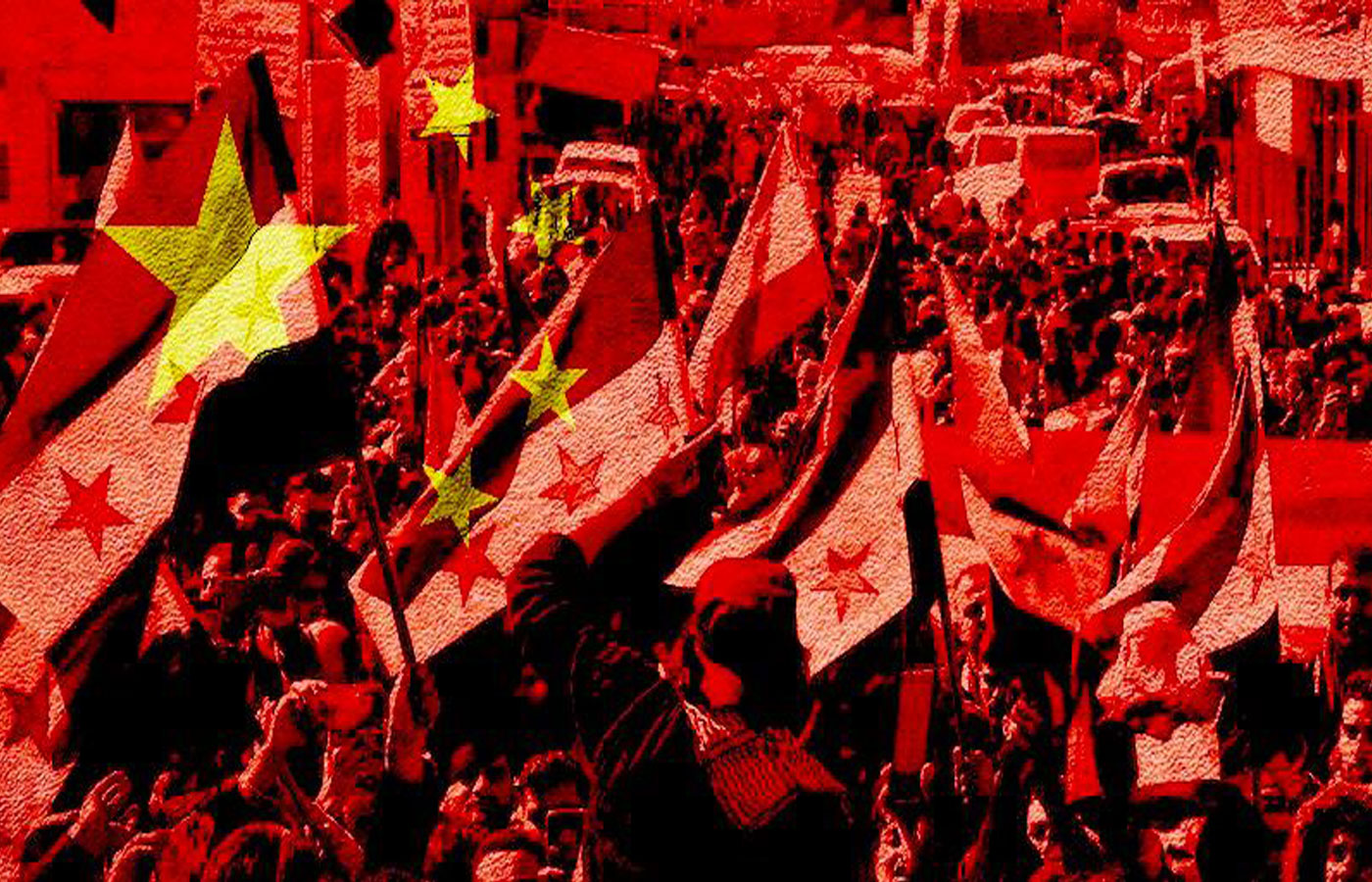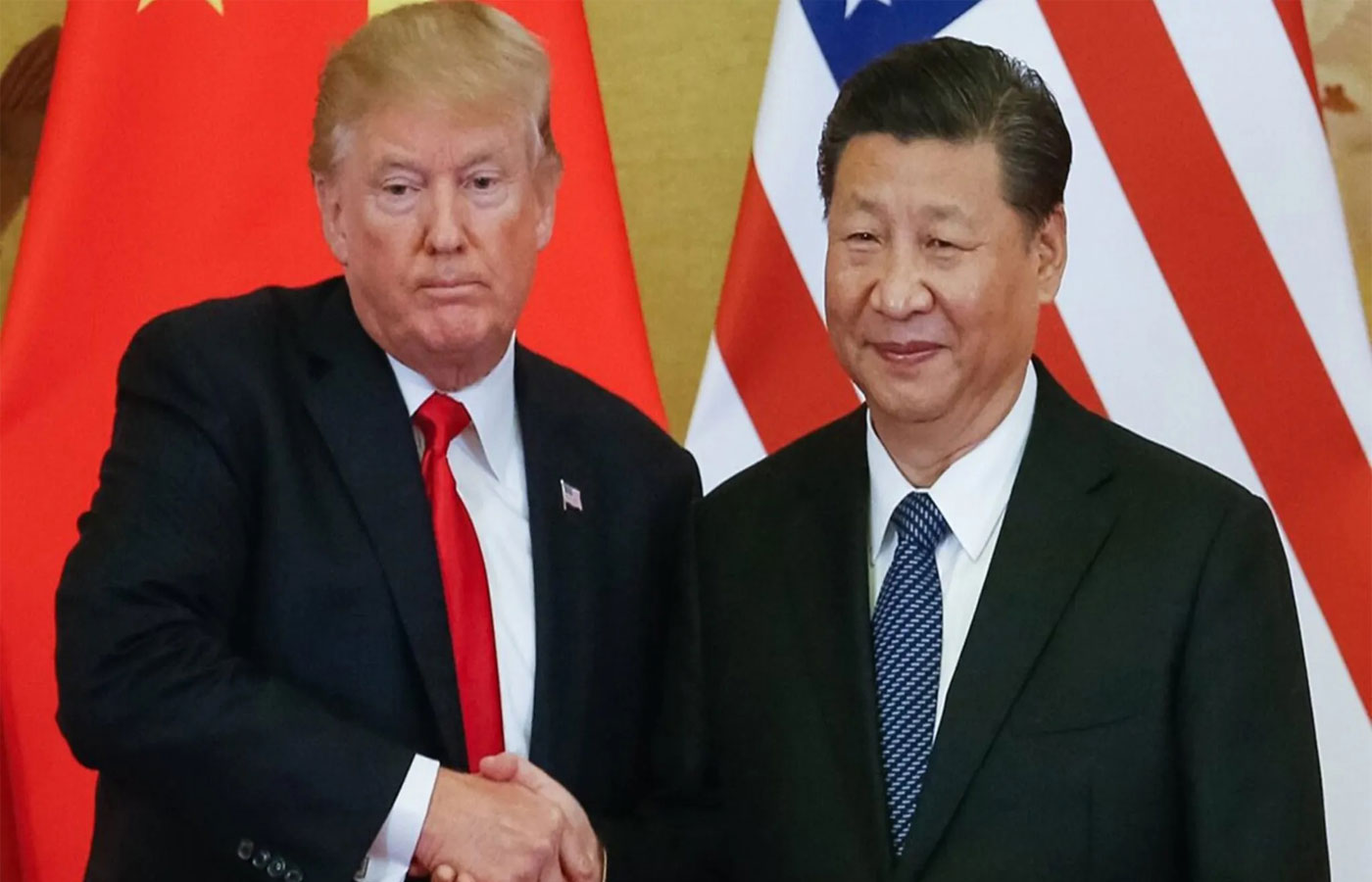East Asian Powers Unite: Japan, China, and South Korea Navigate US Trade Challenges and Economic Tensions in Pursuit of Regional Stability and Growth.
On March 22, a trilateral foreign ministers’ meeting between Japan, China and South Korea was held in Tokyo. At the same time, the first Japan-China high-level economic meeting in six years was also held. The aim of this meeting was clear. The major theme behind the meeting was how to respond to the “America First” policy of the Trump administration in the United States.
This meeting was extremely important for the future peace of East Asia, but in order to understand the importance of this meeting, it is necessary to explain the background a little.
Japan, South Korea and China are three brothers who don’t get on well with each other.
The eldest brother, China, is a country with a long history of great inventions and a strong sense of “Sinocentrism”. In the last thirty years, it has regained its former prosperity by becoming the world’s largest economic power, but it is still regarded as a developing country.
The second son, South Korea, is located on the Korean Peninsula and has had a hard time being a country surrounded by larger powers. Although it has achieved economic success, there is a severe gap between the rich and the poor, and it is also facing the problem of being divided between North and South Korea.
The third son, Japan, has been protected by its mother, the sea, and has grown up carefree, but is thought of as a cheeky little boy by the first and second sons. Although Japan has a small territory, it has created a unique culture and has also achieved considerable economic success. Japan has been introducing Chinese culture for 2000 years, mainly via the Korean Peninsula.
These three Far East brothers have different opinions on security. China has its own military force, but South Korea and Japan are under the protection of the US military. They are each walking their own path, but in terms of the economy, they are in a relationship of mutual dependence. Therefore, the intensification of the conflict between China and the US is not something that is irrelevant to them.
China is currently being bashed by the US.
The US’s high-tech war against China is a typical example. US companies have a near-monopoly on a wide range of technologies, from smartphone operating systems to semiconductor design software. The US government is therefore trying to suppress China’s global technological competitiveness in areas such as advanced semiconductors, artificial intelligence, and supercomputing. China’s global company Huawei has been denied access to updates for the Google Android operating system and cutting-edge semiconductors.
Japan experienced this kind of bashing 30 to 40 years ago.
In the 1980s, Japan was known as “Japan as Number One”. At the time, Japan was outperforming and displacing American products in many fields, including textiles, semiconductors, automobiles, and steel. Japanese products were cheap and of good quality. In 1985, the weakness of the Japanese currency became a problem, and the Plaza Accord was used to deliberately strengthen the yen, but this did not stop the Japanese economy from continuing to make great strides. In April 1987, President Ronald Reagan imposed a 100% sanction tariff on Japanese PCs and color TVs, etc., as a response to Japanese dumping.
From this time on, the United States was no longer a country of free trade. It was a country that advocated free trade only when it was advantageous for the US.
Japan had no choice but to satisfy the United States by imposing voluntary restrictions on its exports. Later, the effects of the strong yen began to appear, and the Japanese economy began to decline.
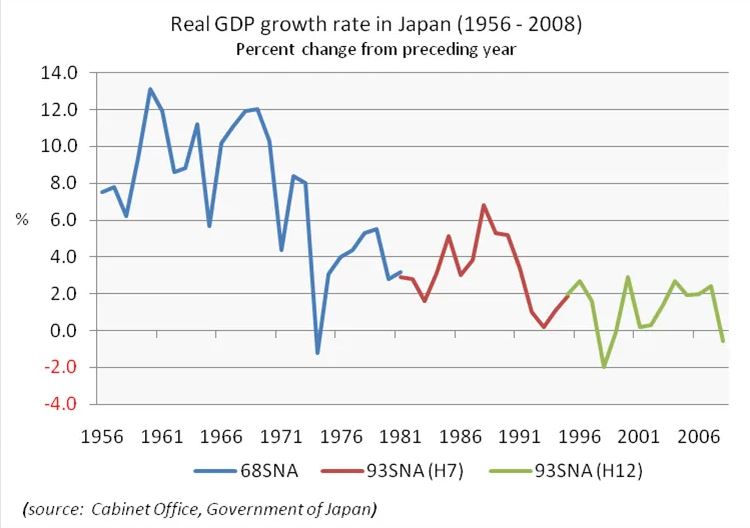
Fearing a conflict with the US, Japan began to stop exporting finished products. Instead, it focused on materials essential for televisions and peripheral devices for semiconductors and left the sale of finished products to South Korea and China. In other words, Japan decided to be a “ninja”. Even so, as the conflict between the US and China intensified, there were indirect effects on Japanese companies, so it was not a matter of indifference.
The reason why Japan was so successful economically in the 1970s was because it implemented state capitalism. In other words, the bureaucrats at the Ministry of International Trade and Industry and the Ministry of Finance decided which industries the state should focus on in the future. The Bank of Japan then guided commercial banks to provide loans to the industries that the state should focus on. In this way, industries that were globally competitive were nurtured.
Japan’s state capitalism was strongly criticized by the United States, and from 1989 the “Japan-US Structural Impediments Initiative” was implemented. This was an interference in Japan’s internal affairs that sought to change the structure of the Japanese economy.
In this way, Japanese state capitalism was defeated. However, China today is adopting Japanese-style state capitalism and is having great success. In other words, the Chinese government is setting future goals and plans and is boosting the economy across the whole country. For example, “Made in China 2025”.
China is currently achieving more than 90% of the goals set out in the 2015 blueprint. In areas such as electric vehicles, renewable energy (solar, wind, etc.), commercial drones, and battery technology, China is leading the world.
There are two differences between Japan in the 1970s and China today. In the 1970s, Japanese companies were manufacturing 100% of the products they exported. However, in China today, 80% of the products exported are manufactured by joint ventures.
The second difference is that Japan was a vassal state of the United States and had no choice but to accept the demands of the US. However, China is a sovereign nation and can say “no” to the demands of the US. China is seen as the greatest enemy of the US. The US is deliberately creating a crisis in Taiwan and is on the verge of starting a war with China.
What kind of country is the US, which will try to destroy other countries that rise to power, whether economically or militarily, even if it means going to war?
The United States is controlled by the neo-conservatives who believe in the Bush Doctrine, and it is behaving as a dictator in the world. In other words, it is an imperialist superpower that aims to rule the world. Everyone knows this, but even those who didn’t know it before now realize that the United States is an imperialist country, as President Trump has declared that he will occupy Panama, make Canada the 51st state of the United States, and claim Greenland as its territory.
President Trump says that the United States is in decline, but is that really the case? Is it really necessary to “Make America Great Again”?
According to economist Starrs, the United States accounts for around 20% of the world’s GDP, but US multinational corporations are responsible for 50% of the world’s GDP. In other words, US multinational industries are doing better than ever, bringing huge wealth into the United States. The United States has always been a country of the very rich.
Meanwhile, the manufacturing industry is in decline and ordinary people are living hard lives. That’s why when President Trump shouts “Make America Great Again!” or “America First!” ordinary people cheer.
But isn’t the real problem in the US that a small group of people, the 1%, are monopolizing the wealth? Isn’t it just that the distribution of wealth is unequal? The US should use its wealth to invest in the country. In other words, isn’t the problem within the US?
Then, the tariff war with China becomes meaningless. US multinational corporations are making huge profits by taking advantage of globalism. That’s why they totally against imposing high tariffs on countries like China. However, economist Sean Starrs believes that Trump’s policy of imposing high tariffs will not disappear, because the White House has more power than multinational corporations.
Strangely, there are many super-rich people around President Trump, who shouts MAGA. Trump’s trade policy is negative for US multinational companies. It is strange that the super-rich, who know this, support the Trump administration.
This strange administration is in control of the United States, but do the three brothers of Japan, China, and Korea stand a chance in this trade war? They probably will win, because the multinational corporations of the United States will be on their side.
Even though we are all capitalist countries, the content of capitalism in the Far East and the West is different. As the entrepreneur and economist Bill Totten points out, the basis of capitalism in the West is the mentality of hunter-gatherers. Totten points out the following:
The mindset of the Anglo-Saxon people, who are a hunting people, is not one of harmonious coexistence and mutual prosperity. It is a mindset of “win or lose”, of the survival of the fittest. Let’s say you catch a rabbit. The Japanese, who are an agricultural people, would probably share the catch with everyone. However, hunting people either keep the catch to themselves, or fight over it and the winner gets to keep it. In other words, it’s “all or nothing”. You either take everything or you get nothing.
On the other hand, the philosophy that the three Far Eastern brothers share is Confucianism. I think that the Chinese Communist Party should change its name to the “Chinese Patriotic Party”. From an economic perspective, China is not a communist country at all. It is a socialist capitalist country. And the people’s ideology is strongly influenced by Confucianism, Taoism and Buddhism. The second son, South Korea, is also strongly influenced by Confucianism, Buddhism and Christianity. The third son, Japan, is a country of Confucianism, Buddhism, and Shinto.
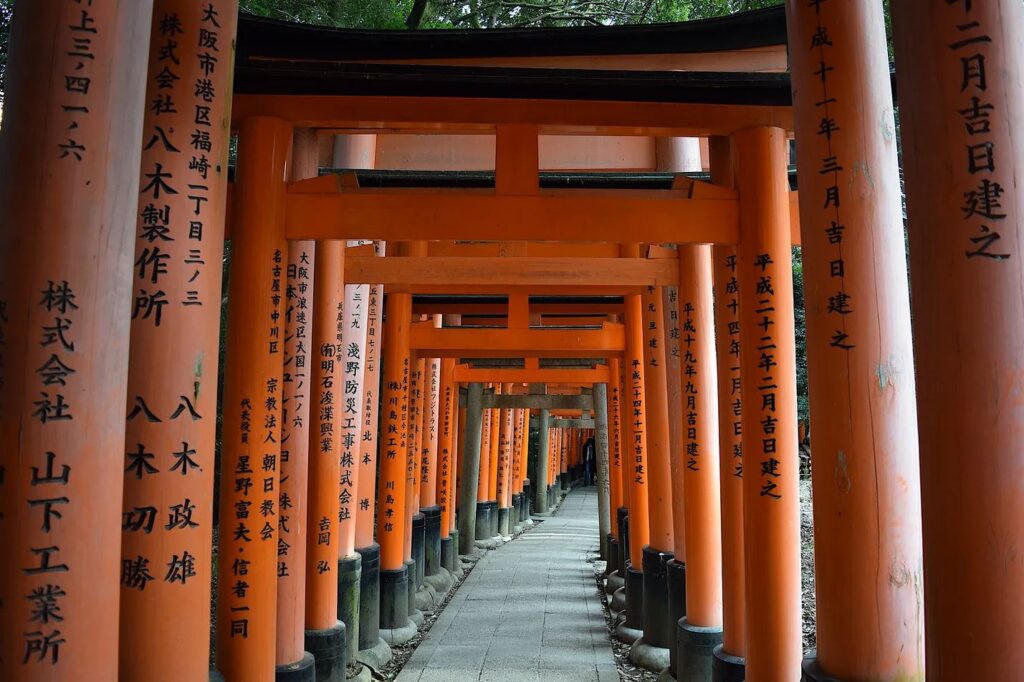
The Confucianism that all three brothers believe in teaches that a country should be governed by “the way of Heaven” rather than “the way of the hegemon”. The “way of the hegemon” is rule by force. This is the Western way. The “way of Heaven” is ruled by virtue, and is the ideal of the three brothers of the Far East.
Furthermore, in Japan, the influence of Shinto, a religion that worships the sun, is strong, and coexistence, co-prosperity, and harmony are favored. In other words, the world of the Three Brothers of the Far East is the opposite of the world of “all or nothing”. Therefore, the reality of capitalism is also different. In Asia as a whole, “all or nothing” capitalism is not liked.
Coexistence, co-prosperity, harmony and “ equitable sharing of wealth” capitalism are favored. Therefore, the idea of unipolar dominance by the United States and monopolistic capitalism that produces the weak is something that the three Far Eastern brothers find difficult to accept.
At the recent Japan-China-Korea Foreign Ministers’ Meeting, it was decided to hold a summit meeting between the leaders of the three countries at an early date. The reaction in the Japanese mass media was also extremely positive, with comments such as “I hope this trend will be firmly established” and “exchanges between the Chinese and Korean militaries and the Japanese Self-Defense Forces are also necessary”. The Ishiba administration clearly values dialogue between Japan and China. However, if Japan overtly moves closer to China, it will only end up irritating the hard-liners in the Trump administration. As such, Japan’s actions must be carefully considered.
In the not-too-distant future, the time may come when the three Far Eastern brothers and sovereign Russia join forces to defeat the imperialist hegemony of the United States.
Source: Think BRICS





